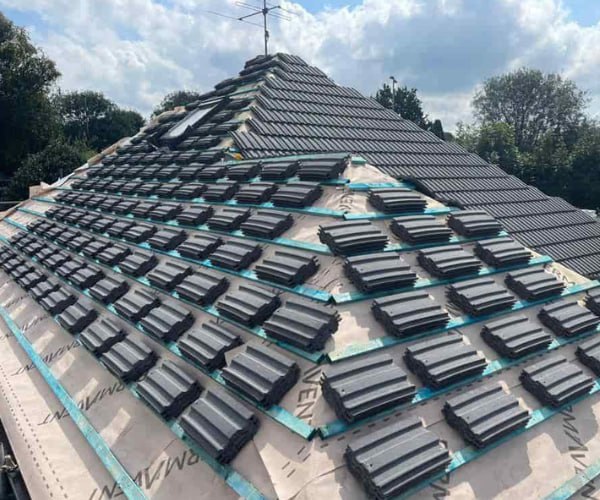The Pros and Cons of Lead Flashing
Introduction: Lead flashing has been a trusted roofing material for centuries, renowned for its durability and effectiveness in weatherproofing buildings. While it offers numerous benefits, it’s essential to understand both its advantages and disadvantages to make informed decisions about its use in your roofing projects. In this blog post, presented by LPO Roofing Kempston, we will explore the pros and cons of lead flashing.
The Pros of Lead Flashing
- Durability: Lead flashing is exceptionally durable and can withstand harsh weather conditions, including extreme temperatures, rain, snow, and UV radiation. When installed correctly, it has a long lifespan, often exceeding 50 years.
- Malleability: Lead is a highly malleable material, making it easy to work with. Roofing professionals can shape lead flashing to fit intricate roof details, ensuring a watertight seal around penetrations like chimneys and vents.
- Watertight Seal: When properly installed, lead flashing provides an excellent seal against water infiltration. It prevents leaks and water damage to the interior of the building.
- Low Maintenance: Lead flashing requires minimal maintenance over its lifespan. Regular inspections and occasional resealing are typically all needed to ensure its effectiveness.
- Recyclable: Lead is a sustainable material that can be recycled and reused, reducing its environmental impact.
The Cons of Lead Flashing
- Environmental Concerns: While lead is recyclable, mining and production can negatively impact it. It’s essential to handle lead materials responsibly and dispose of them properly.
- Cost: Lead flashing can be more expensive upfront than alternative materials. However, its durability and longevity often justify the initial investment.
- Weight: Lead flashing is heavy, making transportation and installation more challenging. Proper support and structural considerations are necessary when working with lead.
- Potential Theft: Lead flashing can be a target for thieves due to its scrap value. Security measures may be required to prevent theft.
- Expansion and Contraction: Lead expands and contracts with temperature fluctuations. While it’s malleable and can accommodate these movements, improper installation or inadequate allowances for expansion and contraction can lead to issues over time.
Conclusion: Lead flashing is a time-tested and effective material for roofing applications, offering durability, watertight sealing, and longevity. However, it’s essential to be aware of its potential drawbacks, such as environmental concerns and upfront costs. When considering lead flashing for your roofing projects, consult with experienced professionals like LPO Roofing Kempston to ensure proper installation and maintenance. By weighing the pros and cons, you can make informed decisions that best suit your roofing needs and budget while providing the long-term protection of your property.
Call us on: 01234 676 690
Click here to find out more about LPO Roofing Kempston
Click here to complete our contact form and see how we can help with your roofing needs.

